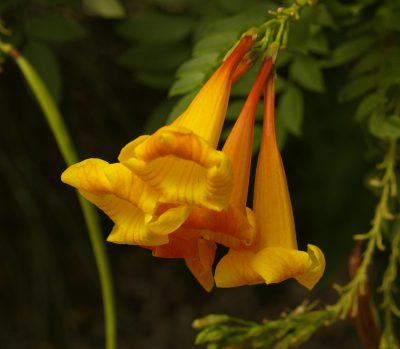Can I put weeds in the compost pile?
Weeds can go in the compost pile if they haven’t yet seeded, or their seeds are still green.
Once their seeds are mature, you can put them into a hot compost pile. But if you’re using a cold composting method, it would be best not to. So, what’s the difference between hot and cold composting?
Hot compost piles are active and cold compost piles don’t decompose all that quickly. The best way to compost is the hot method, but many people don’t have the time, so they just pile up their yard waste in a corner and let it be. Organic matter left this way WILL decompose eventually, but it’ll take a while.
And since the pile doesn’t ever get hot, most weed seeds can just sit there and wait it out until you use that organic matter in your garden, where they’ll be happy to sprout and take up valuable garden space, and you’ll have a great opportunity to exercise your biceps hoeing them out.
So if you’re cold-composting, toss the weeds into paper yard waste bags, leave them by the curb, and let the city compost them. But if you have the time to build a hot pile, you CAN compost your weeds, seeds and all. Active compost piles heat up to about 150 degrees, which is hot enough to cook most seeds. In order to build up this heat, your pile needs to be at least 3 feet tall and 3 feet wide. There are lots of ways to contain a compost pile, including pre-fab and home-built bins.
The ratio of brown materials to green materials is also important: 2/3 brown to 1/3 green. Examples of brown materials are leaves and old mulch, while grass clippings and kitchen waste are green. I highly recommend investing in a compost thermometer, so you can watch the temperature of the pile. If the pile is decaying properly, the temperature will rise very quickly, and then fall slowly back below 100. That means it’s time turn the pile.

 Claudia Hubenthal
Claudia Hubenthal Karl Tinsley
Karl Tinsley Daphne Richards
Daphne Richards
 John Dromgoole
John Dromgoole